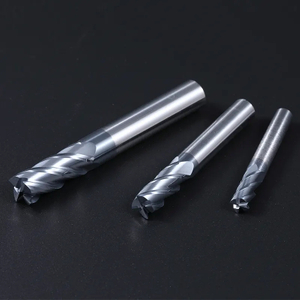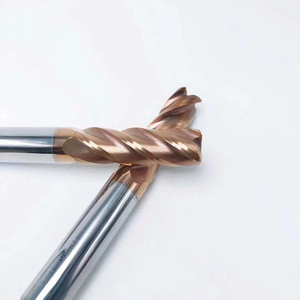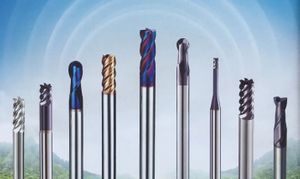
Navigating the diverse range of carbide end mill cutters available in the market can quickly seem daunting. Knowing what to look out for, however, can help you select one that precisely meets your needs. Memory-map the essential criteria to help you make the right choice when selecting a carbide end

A Detailed Guide to Choosing the Perfect 4mm Ball Nose End MillMachining and milling operations are only successful when the correct tools are put into action. Among these cutting tools, the 4mm ball nose end mill stands out for its variety of uses and capability to generate delicately curved surfac

Maximize Efficiency with Selecting the Right Tool Holder: A Comprehensive GuideWhen it comes to machining, one of the most important factors is the selection of the right tool holder. This small, often overlooked part of the machinery can have a tremendous impact on the overall results. In this blog

Elevating Efficiency Through the Power of Carbide Rough MillingLooking for a metal-cutting process with plenty of speed, impressive tool longevity, and massive productivity enhancements? Carbide rough milling may be the perfect solution. This innovative machining technique is commonly used around th

The use of cutting tools plays a vital role in meeting the demands of various industries where precision and efficiency are essential. An integral component of these processes is the HRC65 end mill 12mm, which is used in milling machines to remove material from workpieces. This article will delve in

End milling with radius has become a widespread machining technique thanks to the use of end mills. These tools possess a specialized feature in which they are designed with a rounded tip or radius at the cutting end, providing precision cuts for grooves, slots, and contours in various materials. En

In the manufacturing industry, ball nose milling cutters are a common tool utilized for creating rounded profiles and curves in various materials like metal, wood, and plastic. They can perform roughing and finishing work effectively in CNC machining operations. The distinctive feature of these cutt

Undoubtedly, the most widely utilized type of end mills are those designed for aluminium machining. Such popularity is due to their outstanding capacity to retrieve material at high speeds efficiently. These versatile tools were created exclusively for use with lightweight metals like aluminium—ther